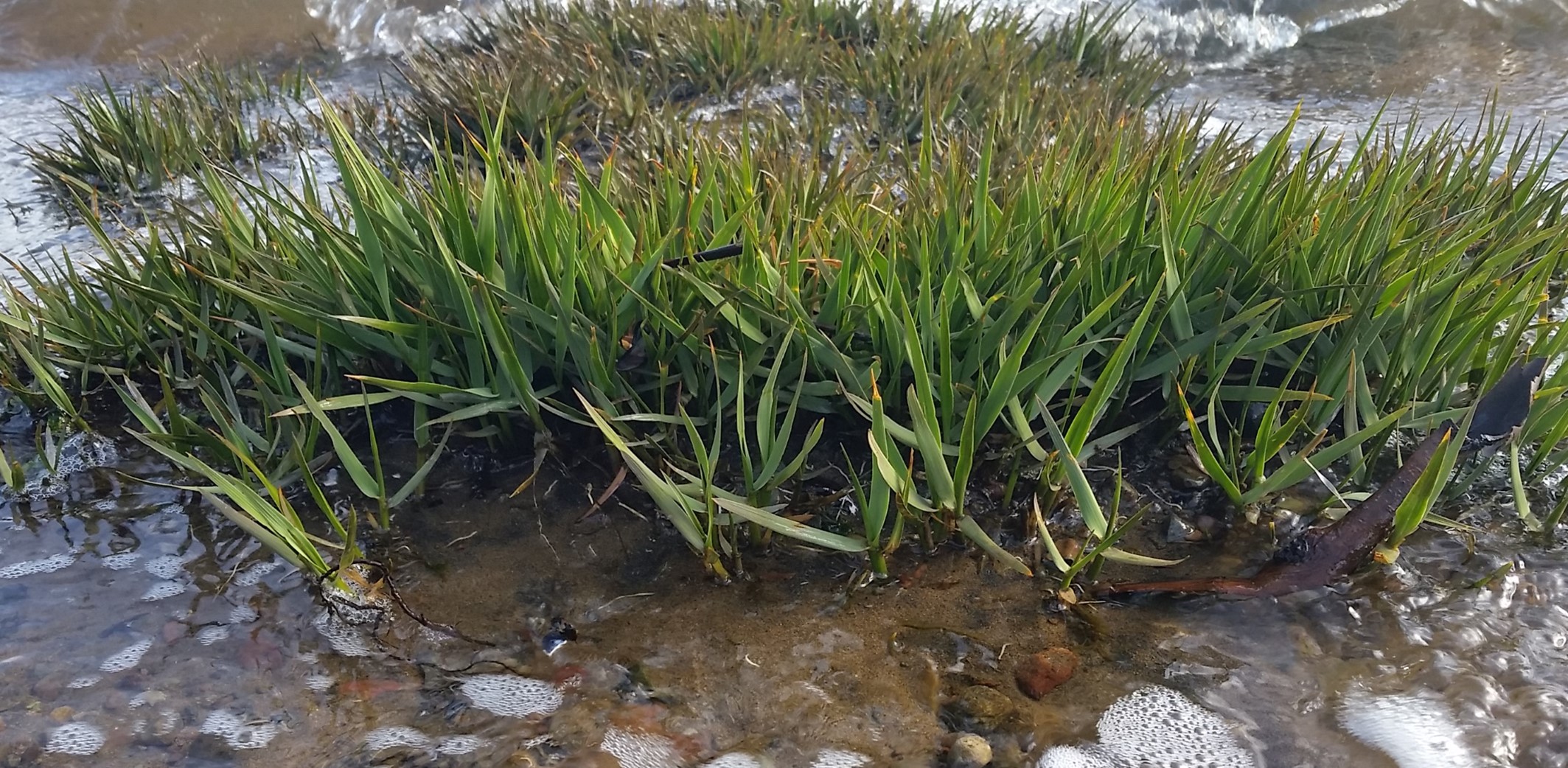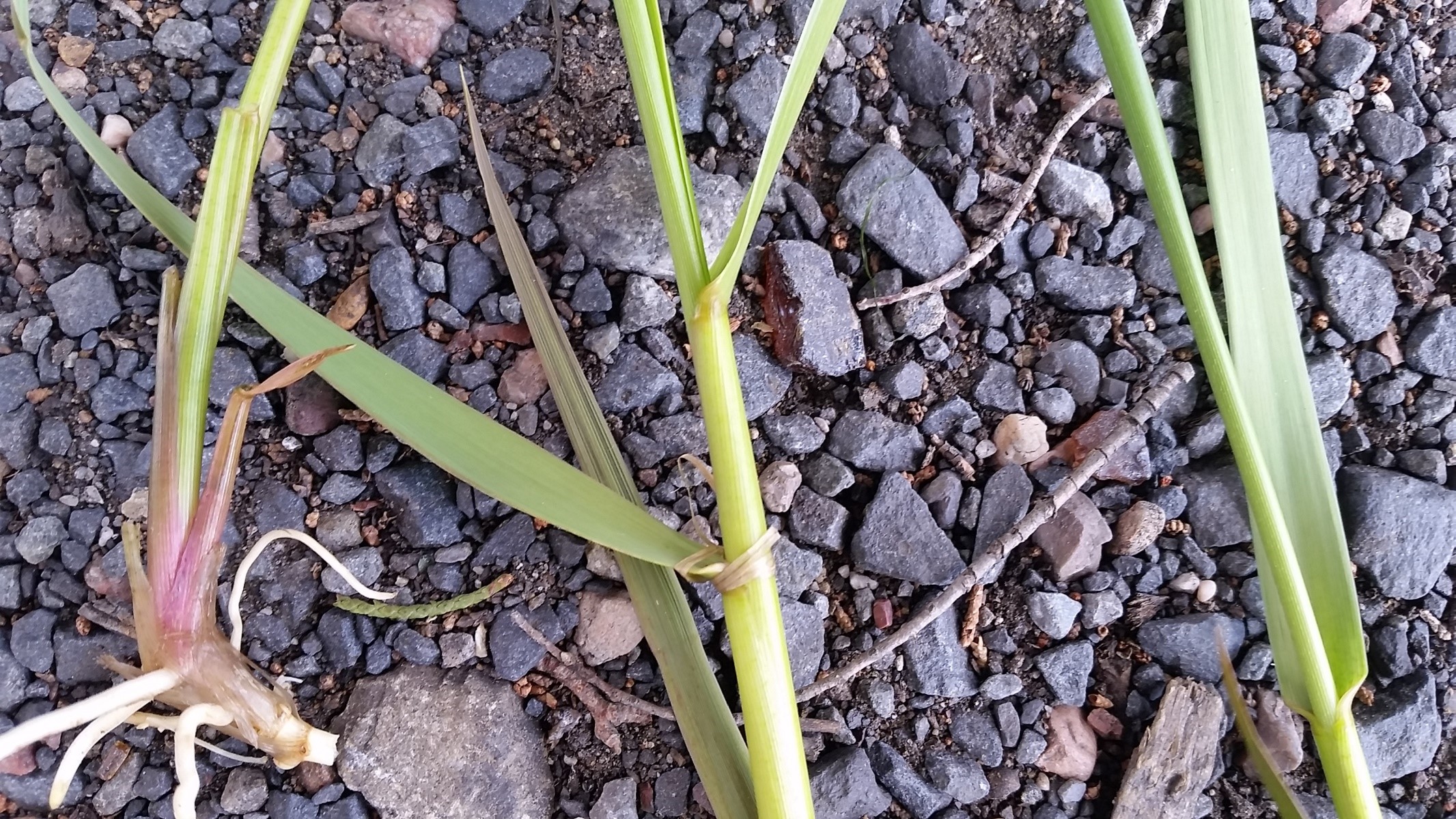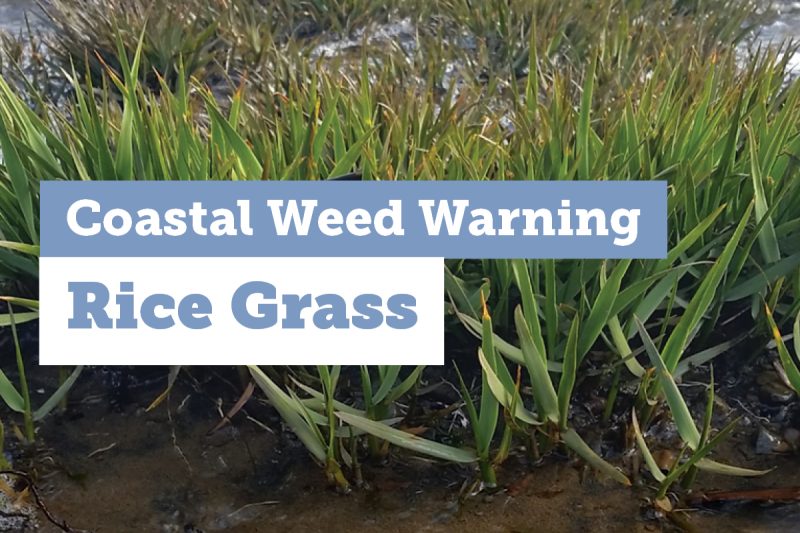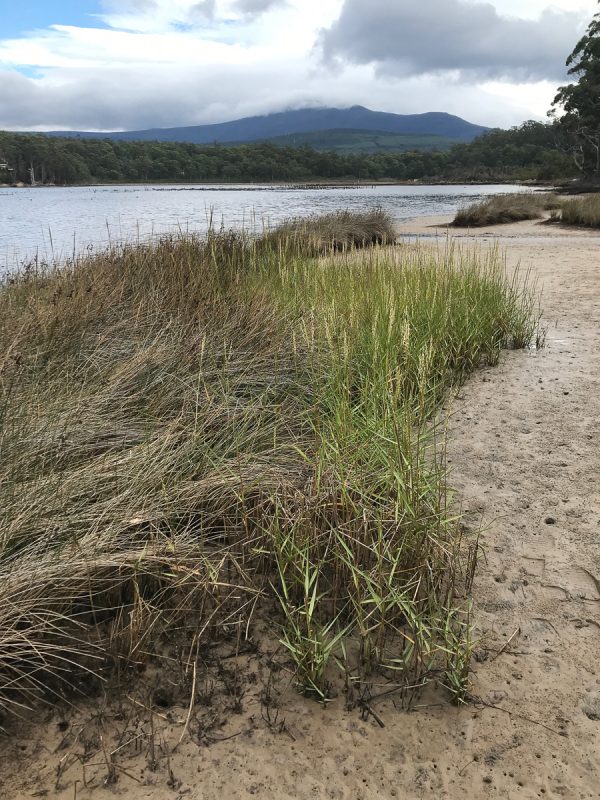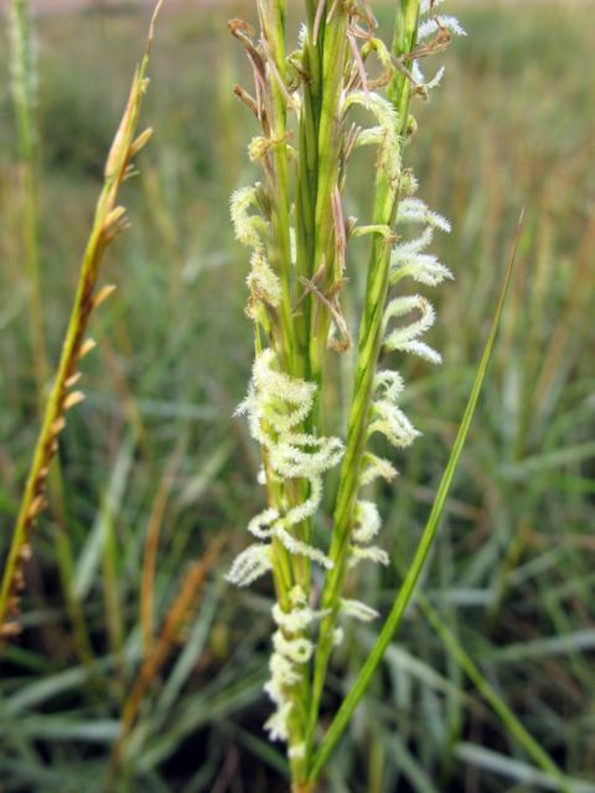Coastal Weed Warning – Rice Grass
Have you seen it in your area?
Council’s Natural Resource Management Unit is asking for all potential rice grass sightings to be urgently reported.
Rice grass is a highly invasive introduced grass found in coastal tidal flats and saltmarshes.
It is now well established in northern Tasmania, covering hundreds of hectares of estuaries, and causing broad environmental damage. In southern Tasmania it has only been found in a few locations, most recently on the shores of Hasting Bay in the Huon Valley.
Rice grass (Spartina anglica) is known as an “ecosystem transformer” because it forms dense, widespread grass mats. These grass mats outcompete native estuarine and saltmarsh plants, restrict water and nutrient flow, trap sediment causing the build-up of banks and impact recreational areas. It also invades commercial oyster leases and reduces suitable feeding habitat for both migratory and resident birds and fish.
What does it look like?
- Rice grass grows on muddy tidal flats and saltmarsh habitats.
- Look for a light green, reedy grass up to 1m in height (can be much shorter when first establishing).
- Yellow flowers grow in spikes from late spring – summer.
- Leaves spread out at almost a right angle from thick stems.
- Plants grow close together to form dense, spreading mats that can survive inundation.
With your help, we can prevent this devastating weed from establishing in our local waterway.
—
If you think you have seen rice grass, please report it to Council’s NRM Unit:
☎: (03) 6264 0300
📧: nrm@huonvalley.tas.gov.au
—
📷: Inger Visby, Derwent Estuary Program
